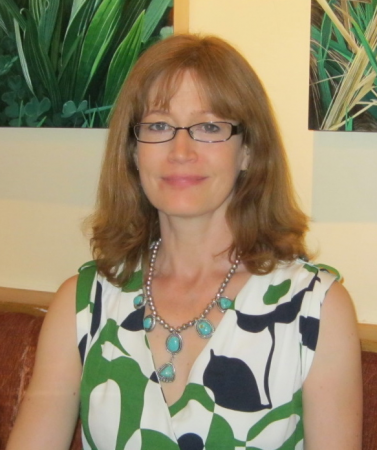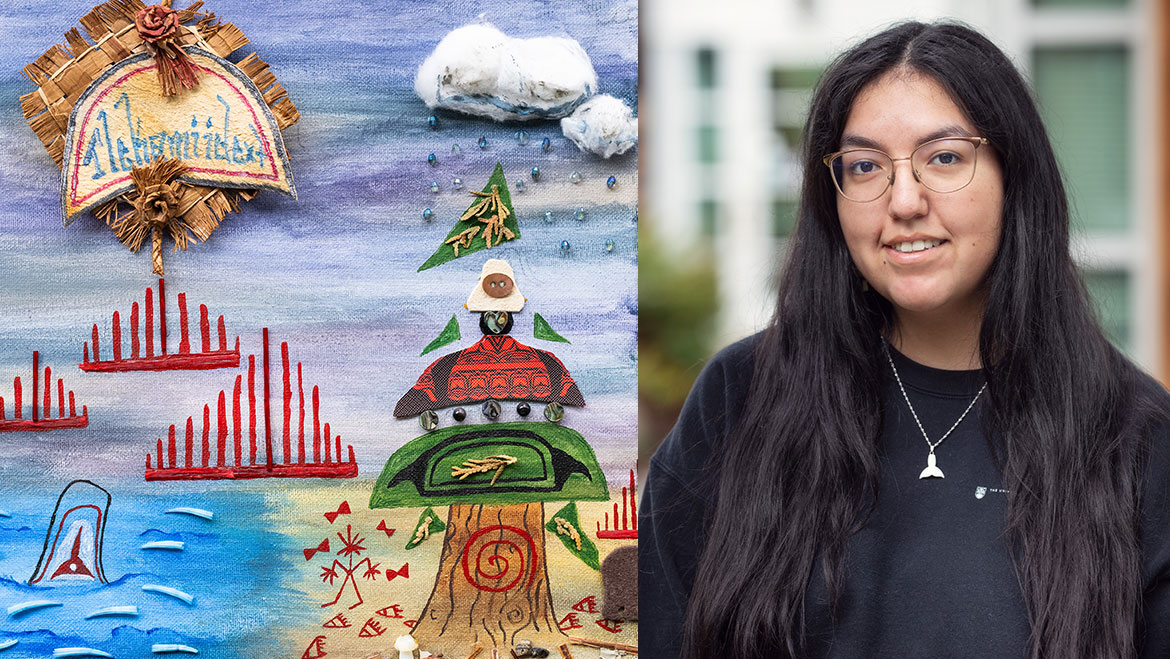You’ve recently been appointed Editor of BC Studies, congratulations! What prompted you to take this on at this time in your career and what is your vision for the journal?
It’s exciting to be thinking about a journal right now because of the opportunity it offers to work within a number of dynamic contexts – geographical and historical of course, but also new knowledge practices across disciplines and the multiple publics they address. In BC, there’s this stunning cultural diversity as well as a complexity of social and political projects people are engaged in right now. One question that is challenging is how to be inclusive of the many publics to whom scholarship about BC matters. We’re working in a post TRC (post RCAP, post …) context and I think we have responsibilities as educators, researchers, writers, stewards of texts – to recall, acknowledge and analyze colonial processes, and to try in whatever ways possible, to dismantle habits of representation and authority that continue to impact people in negative ways.
It’s also an exciting time methodologically across disciplines. Ways of apprehending present circumstances, what constitutes the past and what possible futures might be are expanding. There is an exciting cohort of scholars doing multi-sensory research and documentation; the influence of indigenous and other culturally-situated knowledges has opened avenues for different ways of listening and understanding; new considerations of power are emerging from all kinds of directions. BC Studies is in a position to facilitate conversations (in sound, imagery, text and other media) among knowledge producers who are pushing boundaries. I see this very much as a kind of collective project among the editorial board members, associate editors, blog writers and other kinds of contributors.
I intend simply, to build on what BC Studies has already accomplished as a thriving multidisciplinary journal. We’re starting to work on rotating features to appear in one of the four issues a year. The features include: Public History, Soundscapes, Community Engagement, New Media, the Transpacific and, Poetry and Fiction. “Curatorial” board members working with graduate students and emerging scholars are coordinating these features. I think that developing a network of early career scholars as contributors will keep the journal vital and hopefully, be a useful training ground for public scholarship. (Here, I’ve been inspired by the model developed by editors at Cultural Anthropology and also by other sites like the Centre for Imaginative Ethnography). We are also attentive to researchers in diverse community settings whose work contributes a lot to university-based research but often remains in the background. How might a scholarly journal engage those researchers and the kinds of projects they set their attention to? What do people want from a regional scholarly journal? What is useful? What is interesting?


BC Studies currently has a partial open access policy, with some articles freely available online through the Open Journal System portal, while others are restricted to subscribers only. Do you foresee an opportunity for full open access for BC Studies any time soon?
These are dialogues we are definitely having at BC Studies and they are happening across the arenas of scholarly publishing. It is strange to charge universities for subscriptions to access works generated within universities. Certainly, one of the most important concerns about open access is how to enable those who are working outside of academic institutions to also access works we publish. In research conversations with members of different communities in BC, I have heard community researchers mention that they don’t have easy access to what has been published about them, or their region, or the particular topics they are dealing with. From this point of view, open access is certainly one step that could reduce the exclusivity of scholarly work. Currently, we receive funding from the Social Sciences and Humanities Research Council of Canada, Simon Fraser University, the University of British Columbia, the University of Northern BC, the University of Victoria, and Vancouver Island University. Unfortunately, we still need the revenues from these donors and from subscriptions to keep the journal afloat.
The BC Studies website has embraced digital media, and has recently appointed its first new media editor. How do you see the role of multimedia content in academic publishing changing under your editorship?
We’re having some good fun right now thinking about the possibilities for the BC Studies website. The Managing Editor, Leanne Coughlin is a photographer and a fabulous lay out artist who makes all kinds of imagined media possible. Again, thinking about access, Gillian Anselmo designed an interactive mapping feature to embed links to articles, soundscapes, photo essays and digital postcards. Pat Feindel is the Book and Film Review Editor and David Gaertner has joined the team as the New Media Editor. They are working with virtual reality, graphic novels, performance and other emerging mediums. Our conversations include questions about how best to explore the potential of different genres and practices. Our recent CALL for SOUNDS has been very successful. It’s interesting how many of us “collect” sound as part of our research process. Readers / listeners can expect peer reviewed soundscapes, bites, bits and essays to be showing up in the journal soon. Our Sound Editor Alexandrine Boudreault-Fournier is developing instructions for peer review and we are thinking through how best to distribute sound to our subscribers who may not be online. We have invited Blog writers from outside of the university to write about issues affecting archival work; we hope soon to be up and running with a section about galleries and museums; and we will contribute in some way to the upcoming IRS History and Dialogue Centre at UBC. Digitally, we have enormous possibilities and we intend to explore these in the upcoming year.


